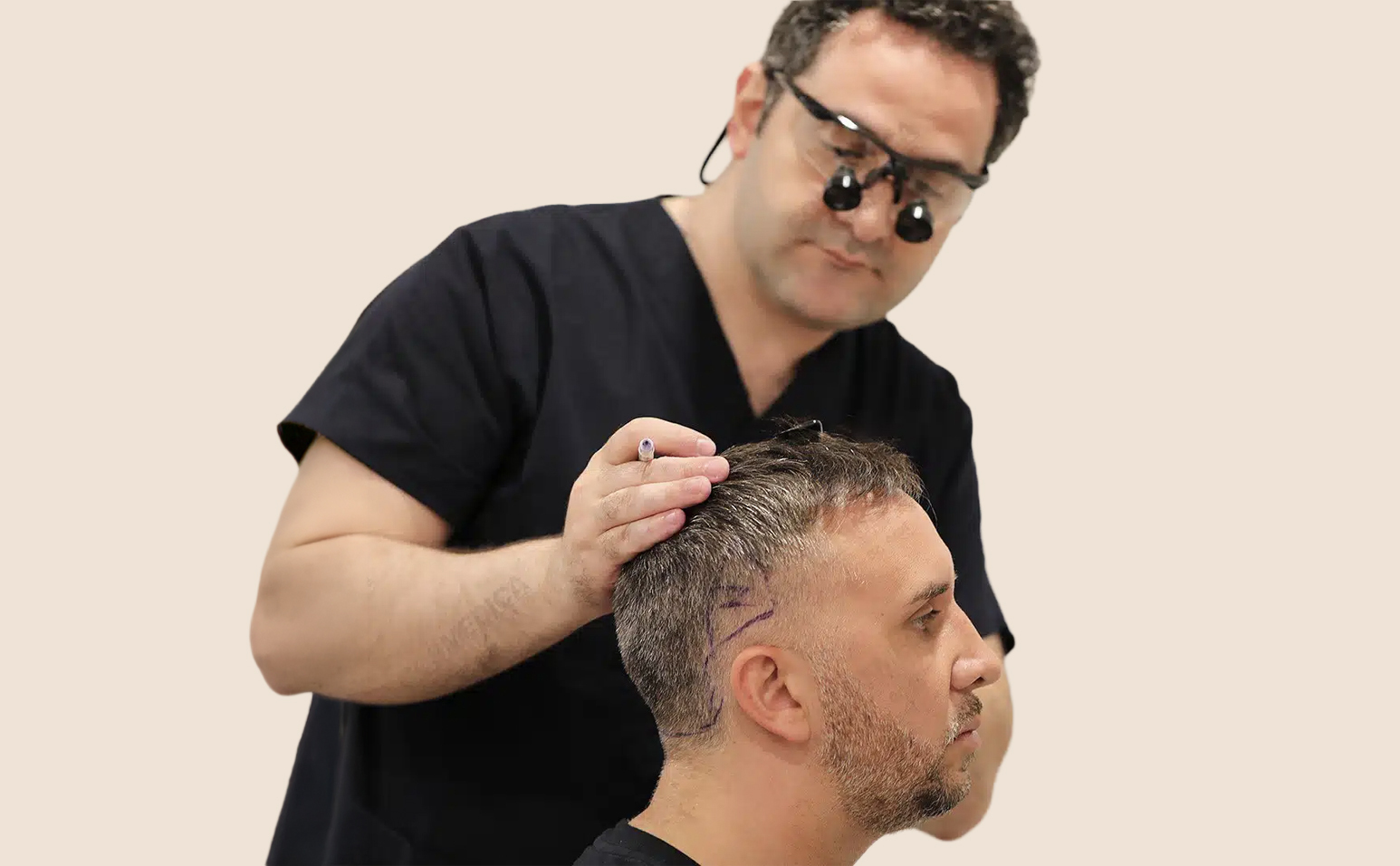One of the leading beauty concerns is removing unwanted hair on your face, body, or chest. Many seek smooth, hair-free skin but are still seeking the best methods. With numerous options available, it’s essential to understand how each technique works and what to expect.
Here are six straightforward and effective ways to remove unwanted hair, as recommended by expert practitioners
-
Shaving
Shaving is a simple and painless option. When you shave, a razor cuts the hair at the skin’s surface, making it invisible. This method is easy to learn and can be used on any body part. Shaving is a quick and easier method, but the results are short-lived. You must shave frequently, often daily or every few days, to maintain smooth skin.
Shaving can sometimes cause skin irritation, cuts, and ingrown hairs. To avoid these issues, use proper shaving techniques and take your time.
-
Waxing
It involves applying hot or cold wax to the skin and quickly removing it to pull the hairs out. You can wax any area of your body, including large areas like the legs and delicate areas like the upper lip. Waxing can provide results that last a few weeks or longer, making it a popular choice for longer-term hair removal. However, waxing may be painful if you’re new to it.
After waxing, your skin may also be red and irritated for a short while. It’s essential to avoid waxing if you’re taking certain medications, like isotretinoin or antibiotics, as these may harm your skin or increase the risk of tearing. Always ensure the wax is at a safe temperature to avoid burns.
-
Hair Removing Creams
These are creams, lotions, or gels that dissolve unwanted hair. This method is quick and easy to use at home. To use a depilatory, apply the product, wait for the recommended time, and then rinse it off—the results last longer than shaving, making it a convenient option for many. However, depilatories can irritate the skin, so testing the product on a small area first is essential.
If you experience any burning or stinging, do not use the product. Additionally, some people may find the odour of depilatories unpleasant. Always follow the instructions carefully to avoid skin irritation.
-
Threading
This technique uses fine and twisted cotton threads to pull out hairs and is ideal for precise areas like the eyebrows or upper lips. This method involves rolling two twisted threads over the unwanted hairs, which removes them quickly and efficiently. Threading can be as accurate as plucking but much faster, allowing you to remove many hairs simultaneously. The results can last about four to five weeks, and it causes minor irritation, making it suitable for sensitive or acne-prone skin.
However, there are better options than threading for large areas, and it requires skill to avoid uneven results and ingrown hairs. If you’re new to threading, seeking an experienced practitioner is best.
-
Laser Hair Removal
The laser treatment uses light to destroy hair follicles, reducing hair growth over time. The laser emits a beam of light, which the pigment (melanin) in your hair absorbs. This process gradually destroys the hair follicle, preventing future hair growth. After about six treatments, the results can be permanent, except on women’s faces. This method is safe for all skin tones when performed by an experienced professional. Still, it is ineffective on blonde, white, grey, or red hair. If you wonder how long laser hair removal last, the results stay from months to a year. It’s crucial to protect treated areas from the sun until they heal. Consult your skin doctor before using at-home laser devices to ensure they suit your skin type and hair colour.
-
Electrolysis
Electrolysis employs electrical currents to destroy hair follicles, providing permanent hair removal after several sessions. This method sends an electrical current through a hair follicle, damaging it and preventing future hair growth. Electrolysis is effective on all hair types, including light-coloured hairs that lasers cannot remove. Once the hair is gone, you won’t need maintenance treatments. However, improper technique can lead to skin infections, scarring, and discomfort. Each time a hair is treated, you may feel a stinging sensation, which some people find uncomfortable or painful.
It’s crucial to have electrolysis performed by a board-certified dermatologist or electrologist to avoid complications.
Final Thoughts
Choosing the proper method for removing unwanted hair depends on your preferences, pain tolerance, and desired results. Whether you opt for shaving, waxing, depilatories, threading, laser treatments, or electrolysis, understanding the pros and cons of each method can help you make an informed decision. A consultation on laser hair removal in Leeds may also help you say goodbye to this hair permanently after a few sessions. Consider your skin type and consult a dermatologist if you have any concerns or if hair removal causes skin problems. You can achieve and maintain smoother skin with the right approach.






